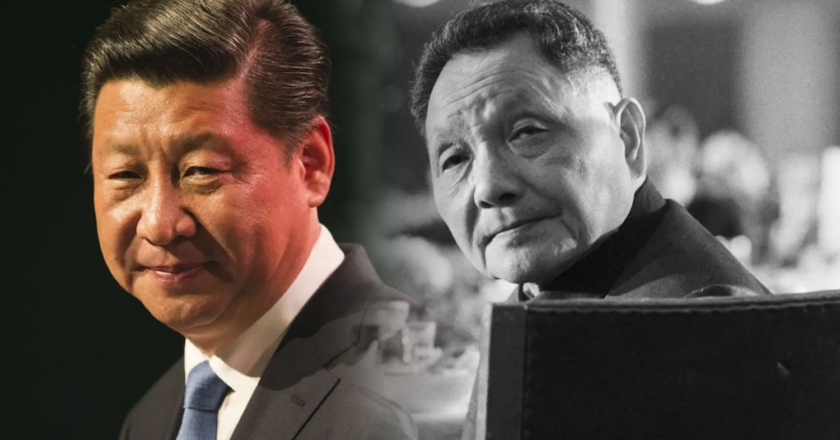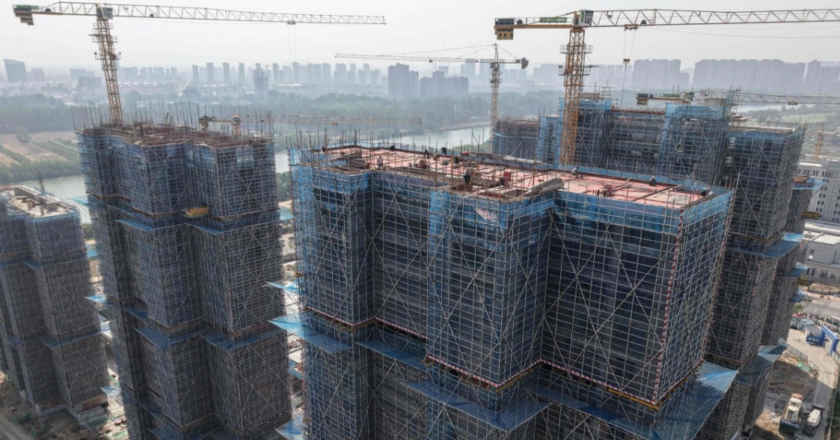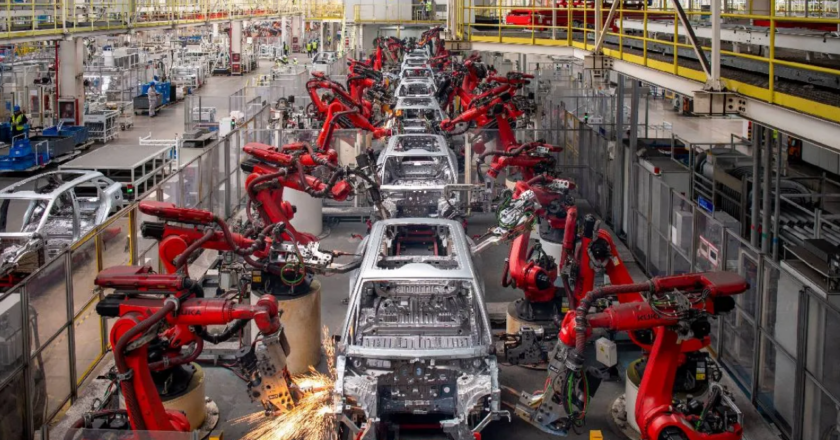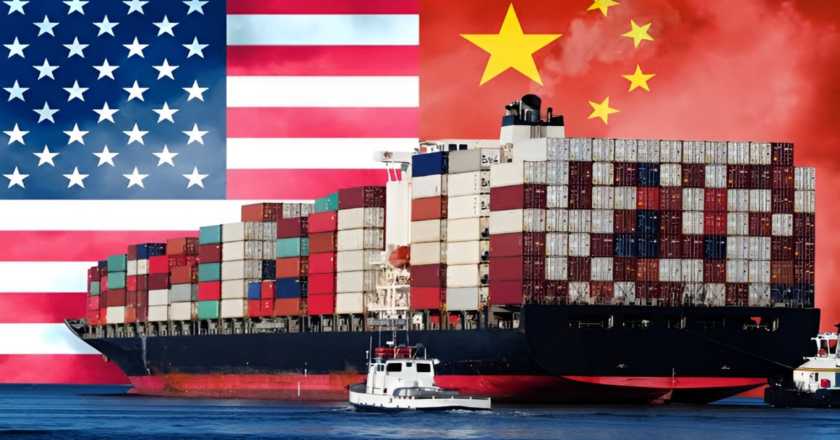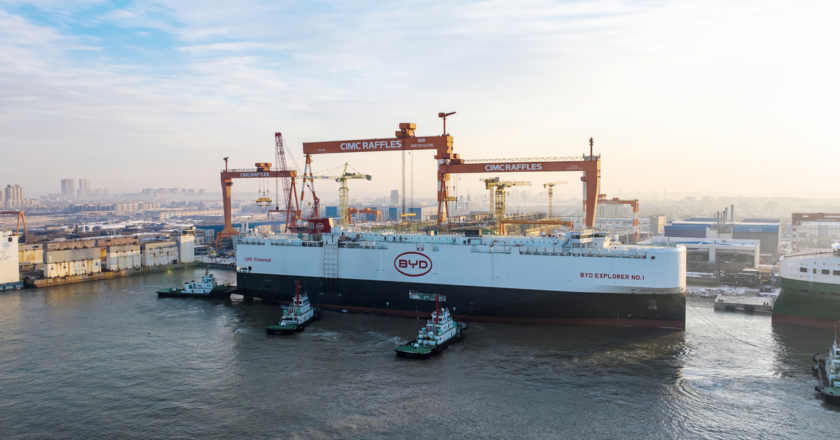In crisis, Xi Jinping falls back on Deng Xiaoping’s model of economic growth
In the face of plummeting growth rates, President of China Xi Jinping seems to have abandoned his “dual circulation” strategy of boosting domestic consumption demand to revive the economy and fallen back on the model of former supreme leader Deng Xiaoping of export-driven growth.
According to a Xinhua report from Tianjin in northern China in late October last year, Xi had emphasized on the importance of state-level Economic and Technological Development Zones of China. Describing these development zones as important for Chinese advancement of reform and opening up of the economy, he emphasized for stimulation in innovation in these zones.
The Economic and Technological Development Zones (ETDZ) of China are comparable with export processing zones in other countries. These designa...
